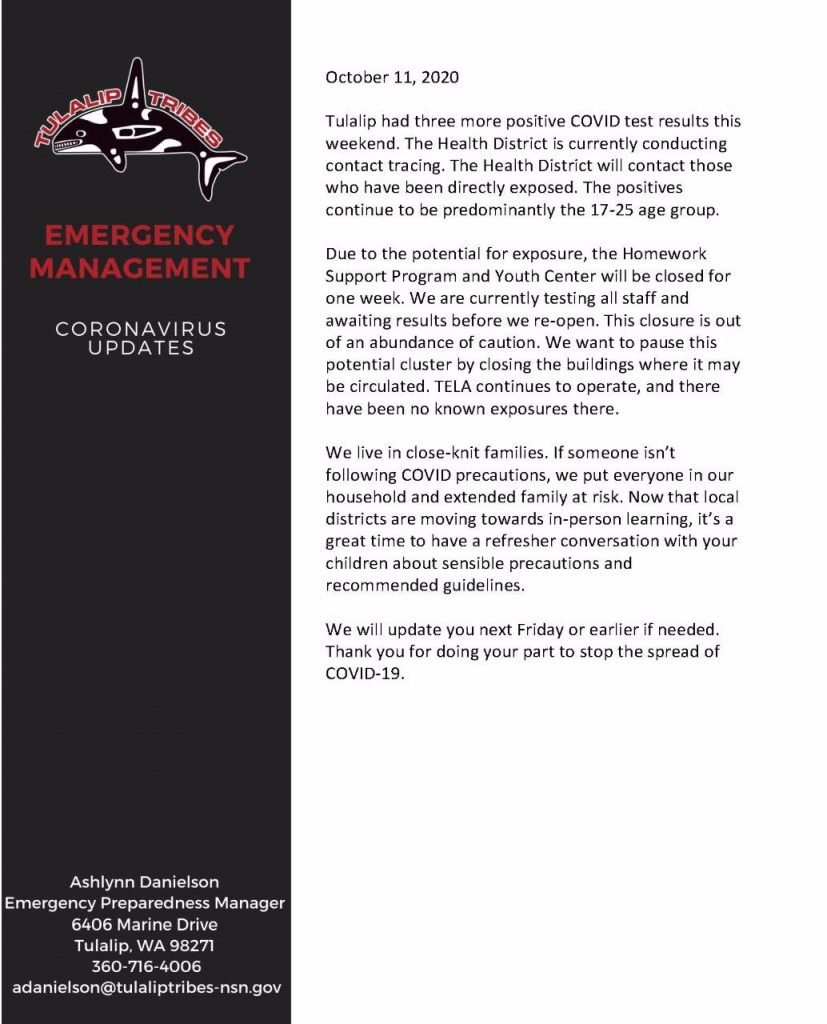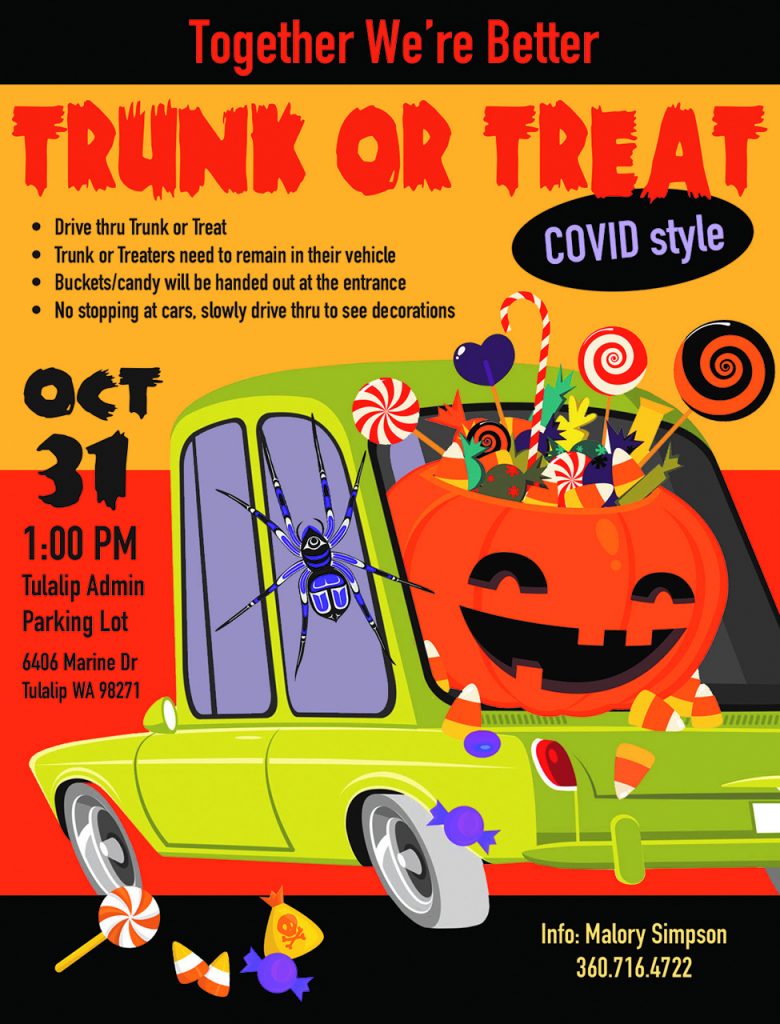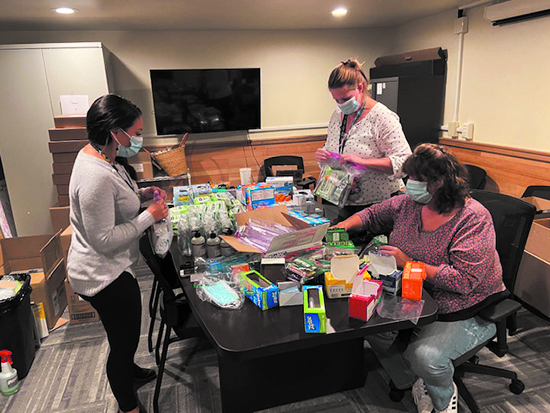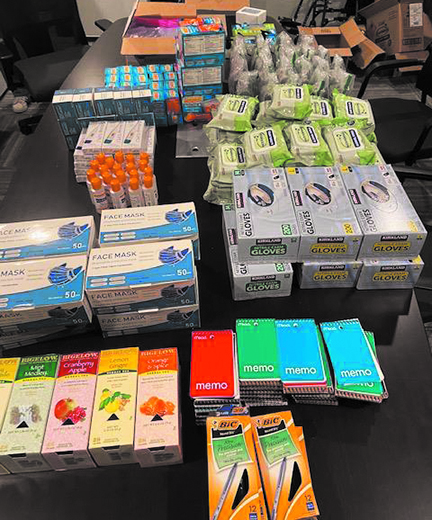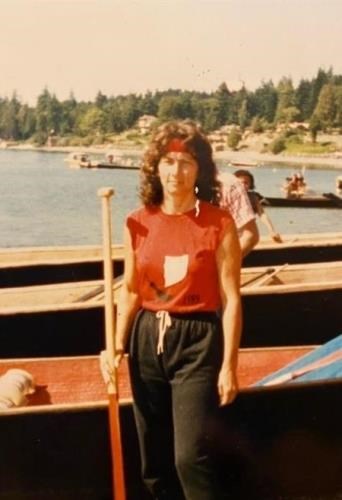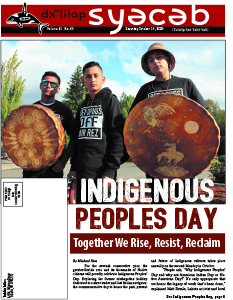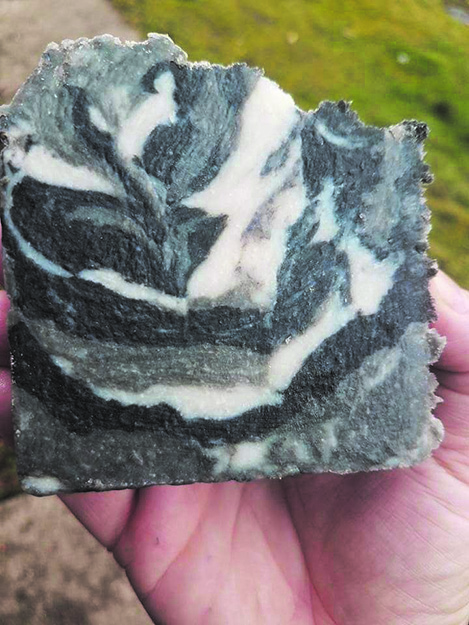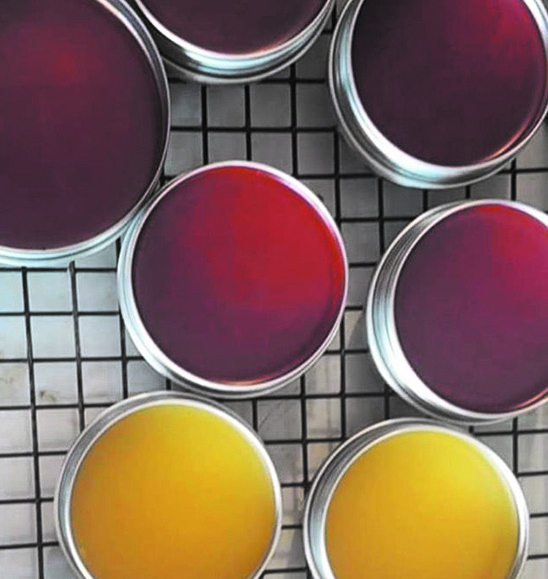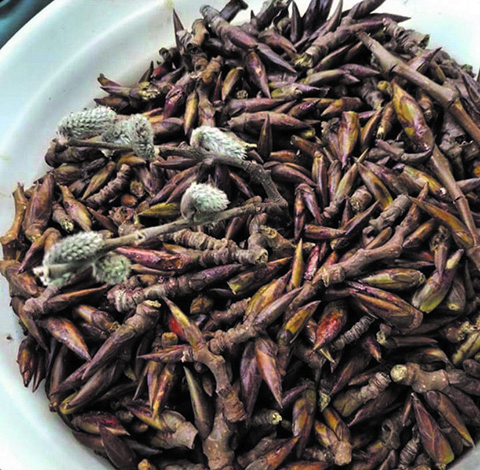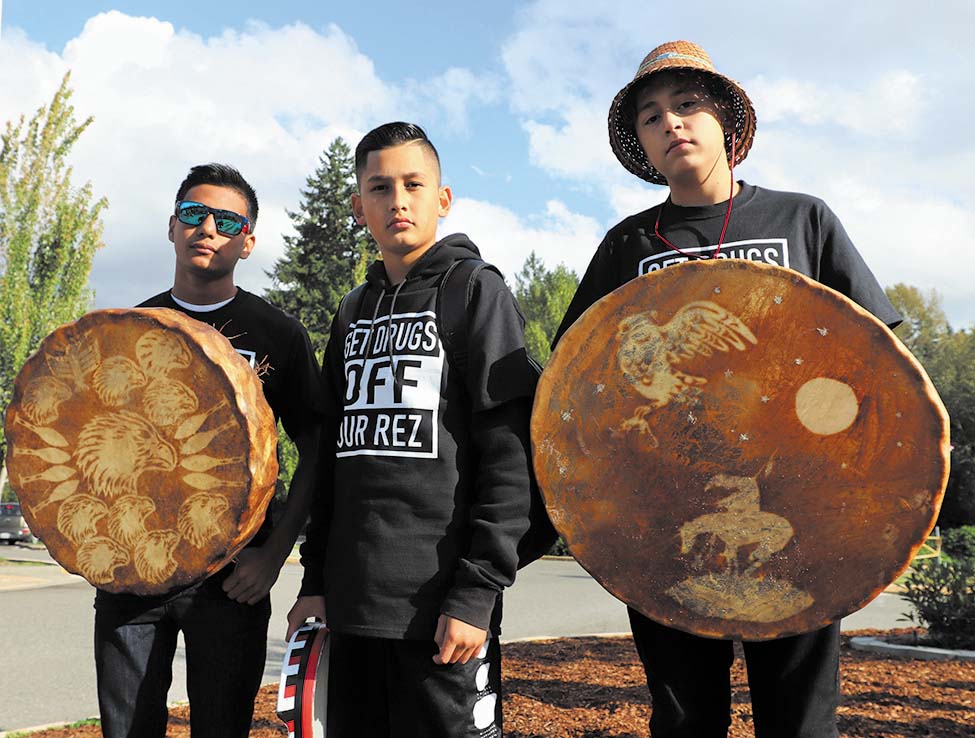
By Micheal Rios, Tulalip News
For the seventh consecutive year, the greater-Seattle area and its thousands of Native citizens will proudly celebrate Indigenous Peoples’ Day. Replacing the former misbegotten holiday dedicated to a slave trader and lost Italian navigator, the commemorative day to honor the past, present and future of Indigenous cultures takes place annually on the second Monday in October.
“People ask, ‘Why Indigenous Peoples’ Day and why not American Indian Day or Native American Day?’ It’s only appropriate that we honor the legacy of work that’s been done,” explained Matt Remle, Lakota activist and local educator. His efforts, along with many other dedicated Native advocates, were instrumental in getting a proclamation voted on by the Seattle City Council and signed into law by then-mayor Ed Murray in 2013.
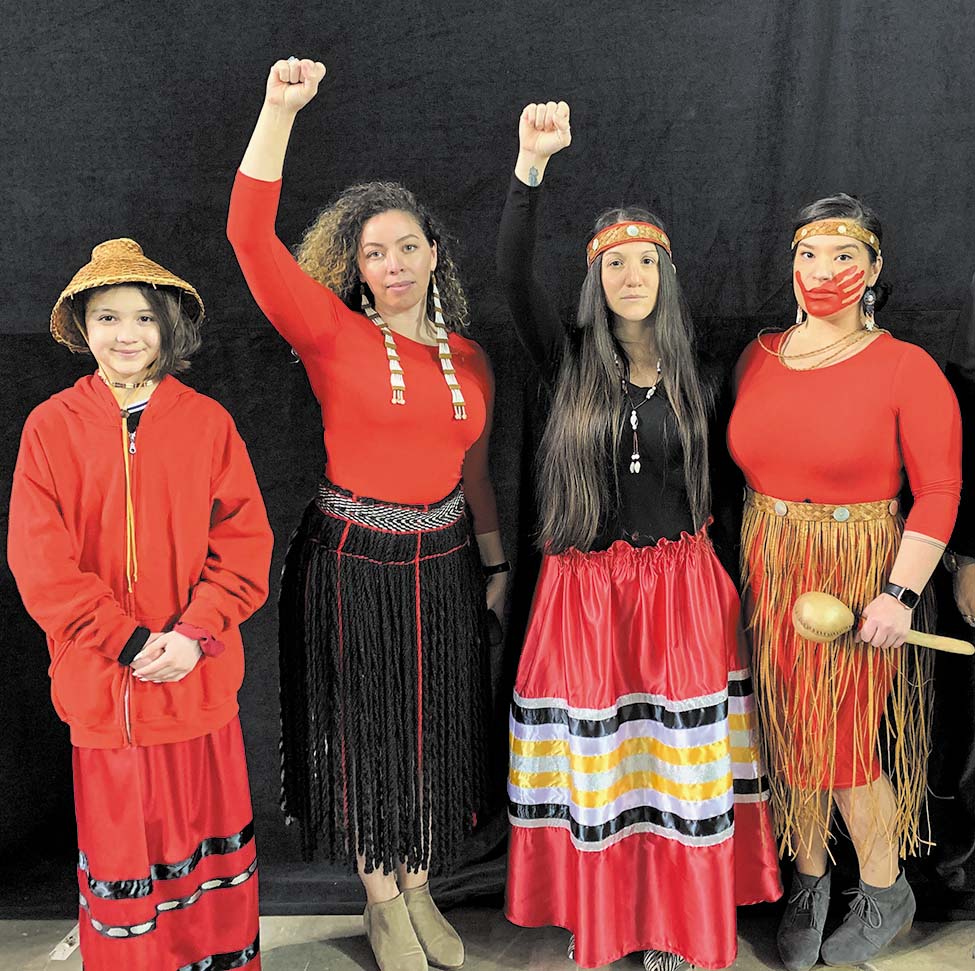
“It’s not only honoring legacy, but when we say ‘Indigenous peoples,’ it’s referring to more than just the tribes of the colonized United States,” Remle continued. “We’re talking about all Indigenous peoples who’ve been impacted by settler colonialism around the world.”
Since its inception into the Puget Sound region, the Indigenous Peoples’ Day movement has spread to over 120 cities and been embraced by at least 10 state governments. Even some universities and a handful of public school districts have indoctrinated the holiday to celebrate global Indigenous cultures.
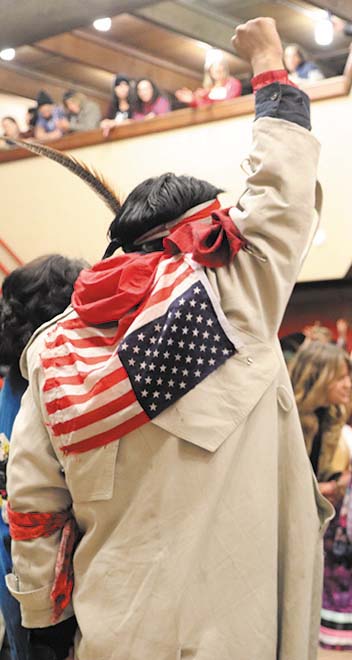
Indigenous Peoples’ Day reimagines Columbus Day and changes a celebration of colonialism into an opportunity to reveal historical truths about the genocide and oppression of America’s original inhabitants, to organize against current injustices, and to celebrate Indigenous resistance.
Like so many things in 2020, this year’s celebration is forced to adapt to a social environment that doesn’t risk anyone’s health or wellbeing. It’ll be all virtual, all the time with prerecorded performances and heartfelt messages shared on Monday, October 12. To view the itinerary, receive updates and view the live videos come Indigenous Peoples’ Day, click on the following link – https://www.facebook.com/events/417245289650927/
We now reflect on more glorious days, when Native people and their allies from around the Pacific Northwest gathered on Coast Salish land to be seen and heard in celebration of reclaiming the narrative and repurposing a national holiday in our own image, all the while showcasing the beauty of Indigenous resistance.
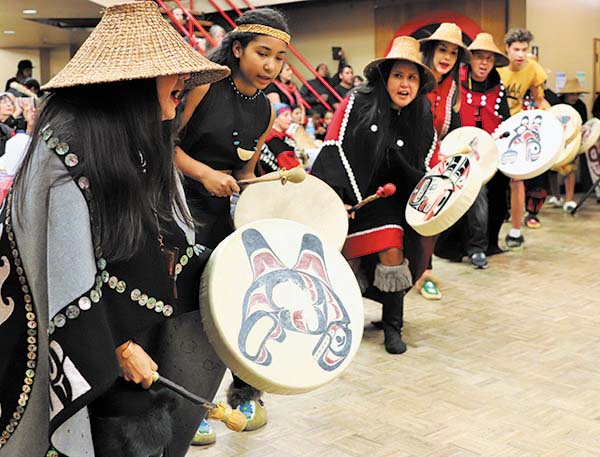
Six years’ worth of Indigenous Peoples’ Days have brought about countless memories made. There’s been marches through the streets of Seattle, tears of joy shed between strangers, untold friendships made, and so much traditional knowledge shared at Daybreak Star cultural center. Most of all, this year’s seventh anniversary marks seven years of our younger generation not being forced to celebrate Columbus.
“It’s been beautiful to see so many Indigenous people come together and be filled with so much joy,” shared 21-year-old Ayanna Fuentes, a member of Indigenous Sisters Resistance. “Our younger generation is growing up not knowing what Columbus Day is, and that’s an amazing thing.”
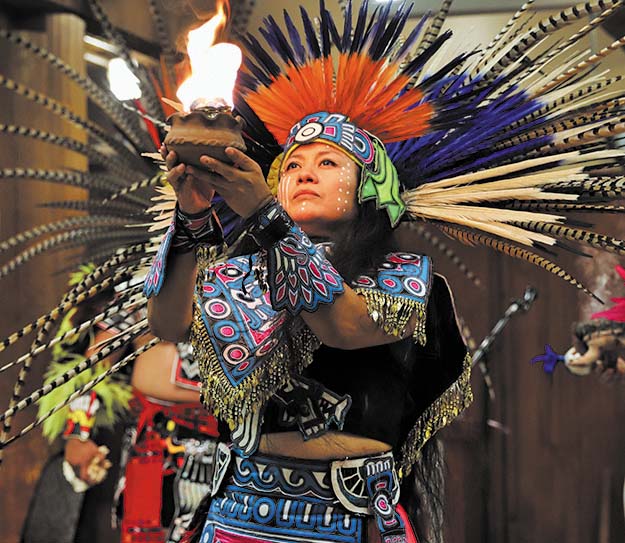
During the very first anniversary of Seattle’s Indigenous Peoples’ Day proclamation, renowned activist and two-time Green Party vice-presidential candidate Winona LaDuke (Ojibwe) delivered a passionate keynote address.
“It is so liberating for me to be here and celebrate with you all in just how awesome it is be Indigenous,” beamed LaDuke in front of her Native brothers and sisters. “You know, it’s always perplexed me how someone can name something as large as a mountain or sea or an entire day after something as small as a human.
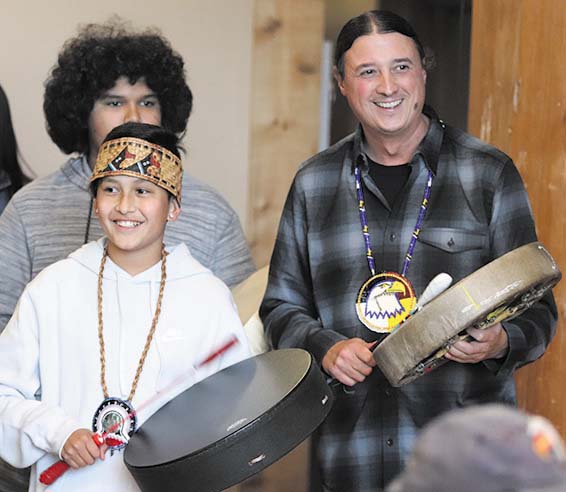
“It changes how people view things when everything is named after all these white guys,” she continued. “We are just beginning. There is a lot of work ahead in the renaming and recovering and restoration of our homelands. In doing so we remember our ancestors. In doing this we honor all those before us, all those here, and all those yet to come. And we reaffirm our place here as a people who remember, as a people who do not suffer from historic amnesia.”
The Tulalip Youth Council attended last year’s celebrations at Daybreak Star where they joined an energetic lineup of Native performers. The young culture bearers shared their Tulalip culture with hundreds who packed the traditional space. Tulalip voices rang out, as did their bellowing drums, during their two song performance.
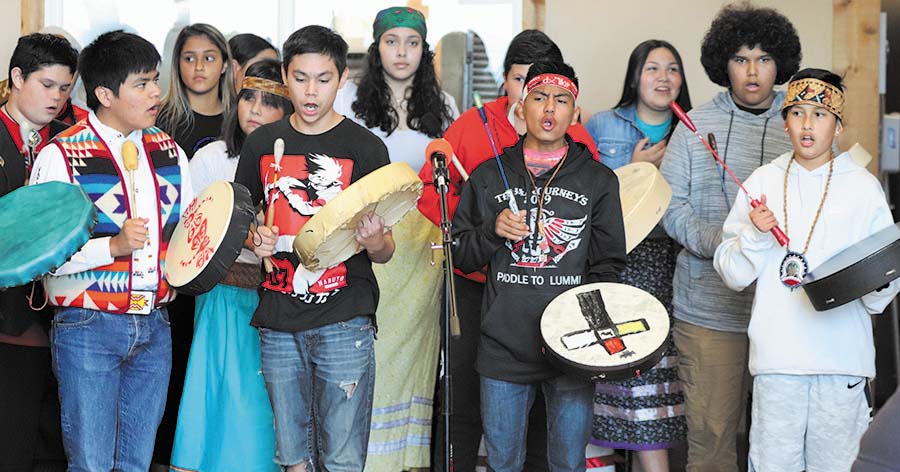
“We are here to celebrate the amazing resiliency of Indigenous peoples,” said Matt Remle three years ago while serving as evening co-emcee. “Despite the Euro colonizers greatest efforts at mass genocide, disposition, slavery, and assimilation, we as Native peoples are still here. Native communities continue to fight to protect the land, air, and waters. We continue to live traditional roles and responsibilities, which have been passed down from our origins as a peoples since the beginning of creation. We continue to sing our songs, relearn our languages and express ourselves through our dances and cultures. If this isn’t worth celebrating, I don’t know what is.”
A plethora of states, cities, counties, community groups, schools, and other institutions will observe Indigenous Peoples’ Day on October 12. They do so with activities, storytelling and lesson plans that raise awareness for the rich history, culture, and traditions of America’s Indigenous peoples. Because we are still here. And we are thriving.
